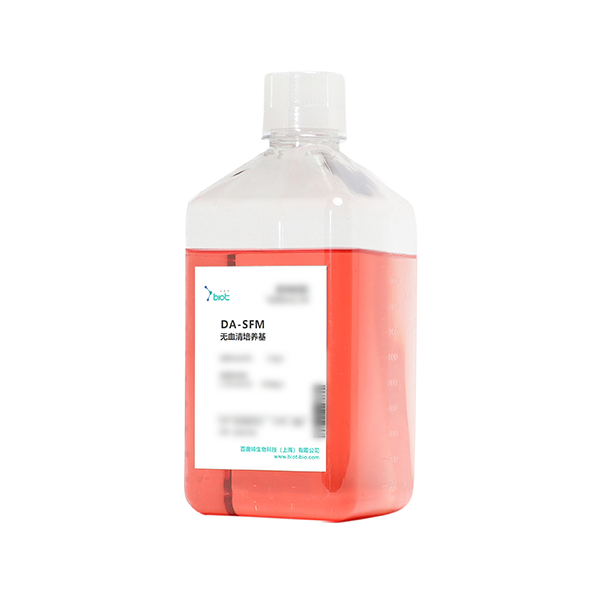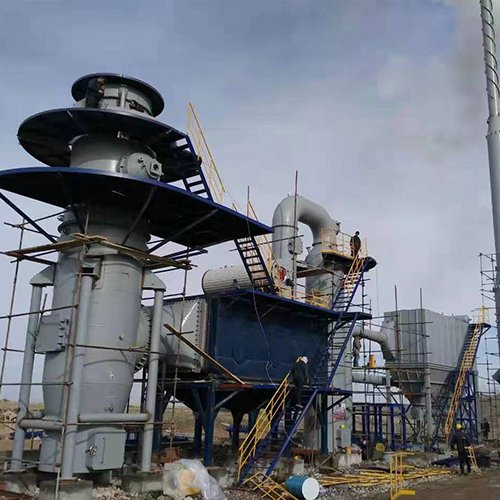In recent years, lab-grown diamonds have surged in popularity, captivating consumers with their ethical appeal, affordability, and stunning beauty. However, as with any investment, potential buyers often wonder about the longevity of these gems. This article delves into the life expectancy of lab-grown diamonds, exploring their durability, maintenance, and the factors that contribute to their lasting brilliance.
The Science Behind Lab-Grown Diamonds
Lab-grown diamonds, also known as synthetic or cultured diamonds, are created using advanced technological processes that replicate the natural conditions under which diamonds form in the Earth. The two primary methods for producing lab-grown diamonds are High Pressure High Temperature (HPHT) and Chemical Vapor Deposition (CVD). Both methods yield diamonds that are chemically, physically, and optically identical to their natural counterparts.
Durability and Hardness
One of the most significant factors contributing to the life expectancy of any diamond, whether natural or lab-grown, is its hardness. Diamonds are renowned for their exceptional hardness, rated a perfect 10 on the Mohs scale. This remarkable hardness means that lab-grown diamonds are resistant to scratching and damage, making them suitable for everyday wear in rings, necklaces, and other jewelry pieces.
Factors Affecting Life Expectancy
While lab-grown diamonds are incredibly durable, several factors can influence their longevity:
- Quality of the Diamond: The quality of the diamond, including its cut, clarity, color, and carat weight, plays a crucial role in its overall durability. Higher-quality diamonds are less likely to chip or break over time.
- Setting and Design: The way a diamond is set in jewelry can impact its life expectancy. Secure settings that protect the diamond from impact and abrasion will enhance its longevity. For example, bezel settings provide more protection than prong settings.
- Maintenance and Care: Regular maintenance is essential for preserving the beauty and integrity of lab-grown diamonds. Routine cleaning, ideally with a gentle solution and a soft brush, can help remove dirt and oils that accumulate over time. Additionally, periodic inspections by a professional jeweler can identify any potential issues before they become significant problems.
- Environmental Factors: Exposure to harsh chemicals, extreme temperatures, and physical impacts can affect the longevity of lab-grown diamonds. It is advisable to remove diamond jewelry during activities that may expose it to such conditions, such as heavy cleaning or sports.
Lifespan Comparison: Lab-Grown vs. Natural Diamonds
When considering life expectancy, lab-grown diamonds are comparable to natural diamonds. Both types of diamonds can last for generations if properly cared for. In fact, the only significant difference lies in their origin; lab-grown diamonds are created in controlled environments, while natural diamonds are formed over millions of years in the Earth’s mantle.
Conclusion: A Lasting Investment
In conclusion, the life expectancy of a lab-grown diamond is not only determined by its inherent properties but also by the care and attention it receives. With their exceptional durability and the right maintenance, lab-grown diamonds can last a lifetime and beyond, making them a wise investment for those seeking beauty and sustainability in their jewelry choices. As consumers become increasingly aware of the ethical implications of their purchases, lab-grown diamonds stand out as a brilliant choice that combines luxury with responsibility.




